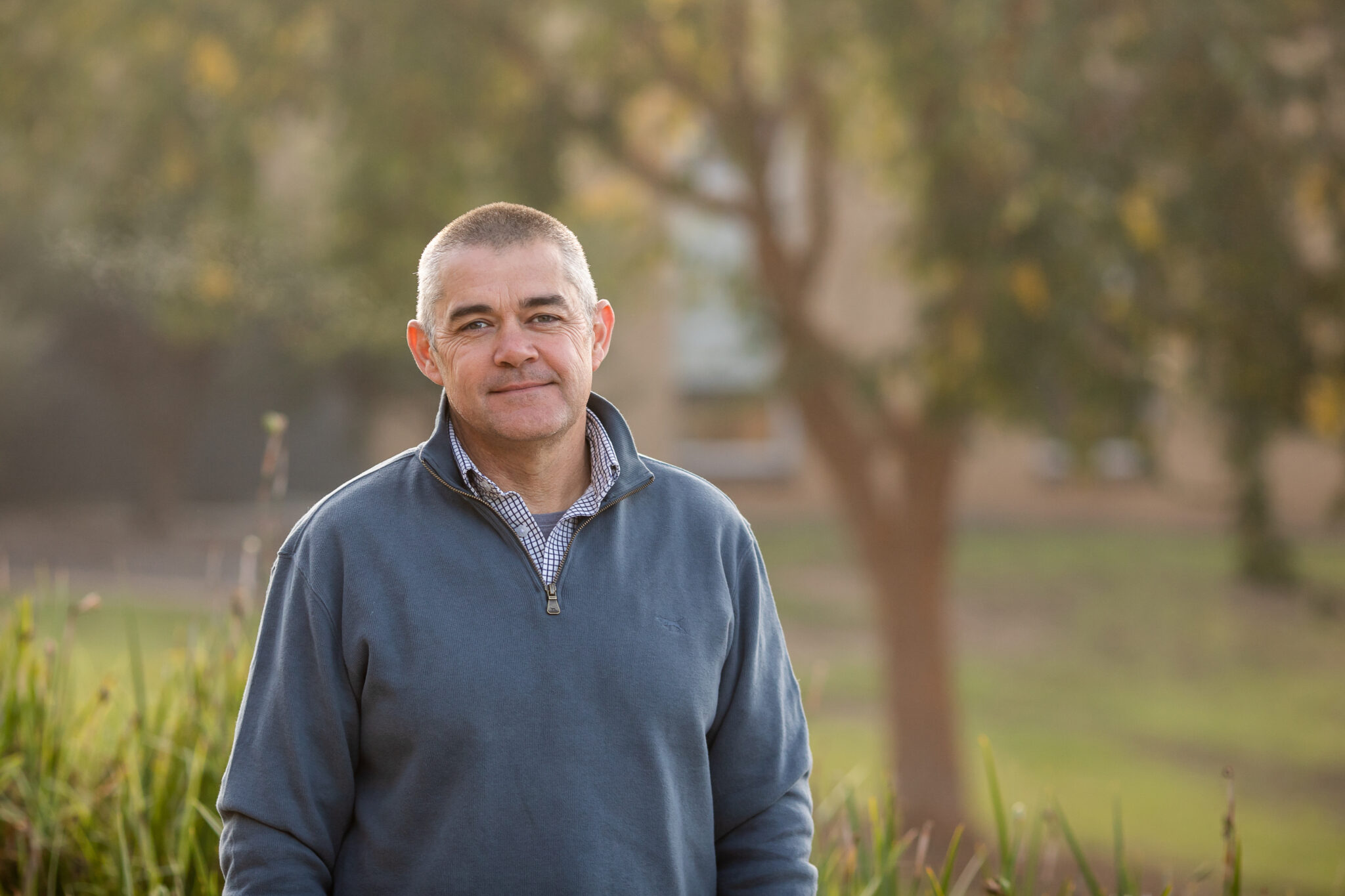Collaboration wears many hats and has many faces. Collaboration is having the right people in the room right from the word go; developing what the research might look like; and thinking about the research priorities which are so critical for industry. It needs to be about the question or need RD&E is trying to solve, the output for industry, and the skillset required.
My team and I are connecting to industry and researchers to ensure our RD&E priorities align with producer and levy payer needs and expectations. However, our knowledge and understanding of our industries both as a team and an organisation goes much further than the day-to-day operation of a single project.
The future of collaboration
Farmers often have crops competing for the same piece of water and the same piece of land using similar large-scale infrastructure. For researchers, the future of collaboration will involve a greater understanding of an entire farming/production system and growers needs, rather than a single aspect of the system. In the future, we will be asking our researchers to understand how an enterprise can work together so that instead of competing for the available resources and/or infrastructure, there is shared knowledge. Along with productivity gains, this big-picture thinking allows us to make linkages across production systems so research will be assessed as a whole-of-system approach rather than in isolation.
This requires a step-change. Previously where we have considered a research project on its own, we are now asking our researchers and our AgriFutures Advisory Panels to think more broadly. Collaboration in the future will see researchers, Advisory Panel members and research institutions together in the same room, either formally in a project or in the formation of a research idea to ensure the best investment for each of our levied industries. In the coming years, we will need to work more in this space because innovation often comes from outside of an industry.
Collaboration leads to better “bang for our buck”
As we drive the growth of our industries, there is a limit to the number of individual projects we can manage. How do we rethink this? One of the possibilities is bigger research teams and more direct and greater interaction between researchers who have complimentary skill sets and are likely to have had someone else experience or deal with an issue.
Any future collaborative models must also allow for increased funding opportunities to leverage broader research and better outcomes for levy payers. Our programs contain varying degrees of collaboration with the research institutions we fund, and we are always looking for opportunities to do more. We value the in-kind contribution that our research partners bring to projects because it increases outcomes that can be achieved from investments. We place great value on our relationships with the many institutions and their projects we help to fund, now and in the future.
What does successful collaboration look like?
We are challenging researchers to take a holism approach to their research and to collaborate across borders—internationally and nationally. The AgriFutures Chicken Meat Program has taken the first step by developing a large-scale project encompassing nutrition, gut health and environment research. This challenged research teams to work collaboratively (across institutes, industry and internationally) to develop programs of research to answer the question “what aspects of broiler nutrition will optimise gut health and the in-shed environment to deliver a sustainable chicken meat production system with enhanced animal welfare?” In doing this, the respondents brought together complementary skills including research, development, adoption, and extension together with expertise in specific technologies and products.











